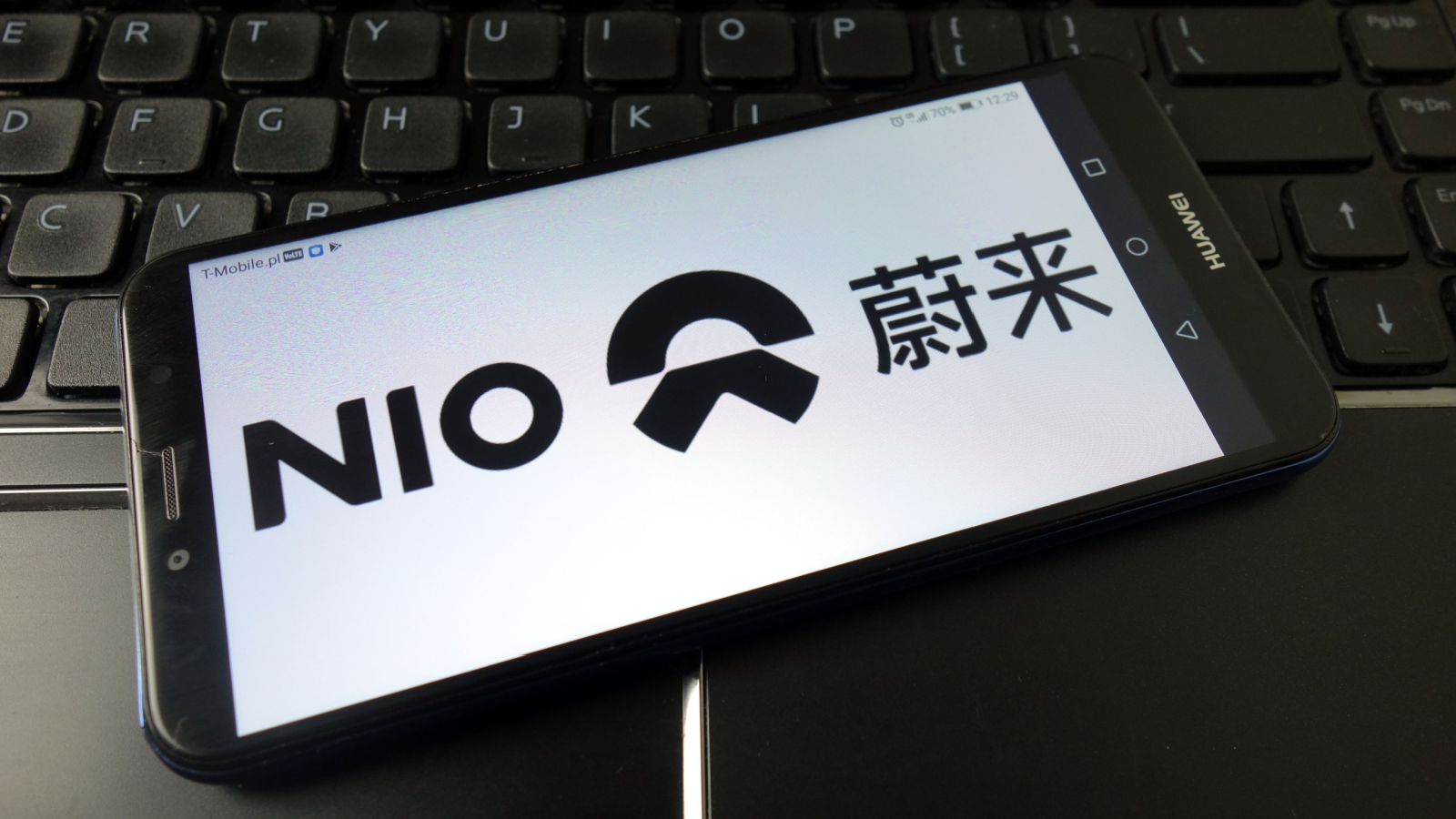
The Chinese government’s intention to crack down on mindless EV expansion by the country’s major manufacturers has a positive and negative effect on the Nio (NYSE:NIO) stock outlook.
Fortune reported in January that Bejing would come down hard on manufacturers undertaking projects to build additional capacity in the country when demand for EVs is simply not there.
The Europeans argue that the subsidies provided by the Chinese government make it easy for Chinese EV makers to flood the car market with cheap EVs. Elon Musk believes that part of China’s success is how good it is manufacturing EVs.
“‘The Chinese car companies are extremely competitive,’ Tesla CEO Elon Musk said at the New York Times DealBook conference last year. ‘China is super good at manufacturing, and the work ethic is incredible,’” Fortune stated.
In September, China’s Minister for Industry and Information Technology, Xiao Yaqing, stated that his ministry would like to see consolidation amongst China’s 300 EV makers. Bloomberg pointed out that the production capacity across China’s EV manufacturing was just 53%.
EV production in China in 2023 is estimated to hit eight million vehicles. That’s 26,667 per EV maker [8 million divided by 300]. Now we know the Nio’s of the world produce a lot more than that — Nio delivered 160,038 in 2023 — but it illustrates why consolidation in China’s EV industry will happen with or without a big push from the Xi Jinping government.
Here are the pros and cons of consolidation for Nio.
Nio’s Capacity
In June 2022, Nio CEO William Li said that adding a second, more affordable EV brand, would bring its annual production capacity to 500,000 vehicles. At the time, Li stated that the new brand’s models would be approximately 10% cheaper than Tesla’s (NASDAQ:TSLA) Model 3 and Model Y. This is central to this NIO stock outlook.
Fast forward 20 months.
In December, Nio’s CEO said it would launch two new brands — one is codenamed Alps and is expected to debut in 2024 — and it is working on plans for entering the U.S. market.
“Starting next year, you will see a different NIO, as it introduces a second brand,” Li says. “The family market is distinct from the high-end market. We are using our latecomer advantage. In the past, once VB (validation build) was completed, it would quickly enter SOP (start of production). But this time, we’ll wait a bit, and in the end, we will come in and disrupt the game,” Wards Auto reported Li’s comments.
Although Nio focuses on delivering more affordable EVs to consumers in China and elsewhere, the company realizes that the high-end market ultimately delivers more profits per car. Li pointed out that one Mercedes-Benz S-Class vehicle delivers the same profit as several dozen A-Class.
Not to mention the cachet high-end vehicles bring. You can’t pay for this kind of positive PR. People love to look and aspire to expensive cars.
In late 2023, Nio obtained its independent vehicle production qualifications from the Ministry of Industry and Information Technology. This enables it to produce vehicles independently without a partner’s qualifications.
As a result, Nio may buy its F1 and F2 plants in Hefei. Each can be increased to an annual production capacity of 300,000 EVs, which means Nio is effectively only utilizing a little more than 25% of its total capacity.
I suppose it makes sense to fill that capacity with two more brands. However, it probably makes more sense to buy an existing brand that has an existing product and Nio moves it over to its production facilities.
The Downside to Consolidating Your Way to Full Capacity
In the trailing 12 months ended Sept. 30, 2023, Nio lost 21.4 billion Chinese yuan ($3.01 billion) on 54.58 billion Chinese yuan ($7.67 billion) of revenue. That’s $18,808 in losses per vehicle. Put another way, it lost 39 cents for every dollar of sales.
On Dec. 27, 2023, Nio got a $2.2 billion lifeline from CYVN Investments RSC Ltd., an investment vehicle of the Abu Dhabi government. That’s on top of $739 million it got in July 2023. The Abu Dhabi government indirectly owns 20.1% of Nio.
Nio got approximately $3 billion from the Abu Dhabi government in exchange for one-fifth of the company. Well, not exactly. In July. it also paid $350 million for stock owned by an affiliate of Tencent Holdings (OTCMKTS:TCEHY) to get to 20.1%. So, with the Tencent sale included, Nio’s equity was valued at $16.75 billion. Today, it’s $10.2 billion.
Any acquisitions to consolidate capacity will hurt Nio’s balance sheet through stock dilution, a reduction in vital cash, or increased debt.
I recently put Nio on a list of EV stocks with more losses. Its Altman Z-Score, I noted, was 0.53. Anything below 1.81 suggests it could go bankrupt within the next 24 months. It’s likely to improve after it reports Q4 results because of the $2.2 billion cash infusion.
There are five components to calculating the Z-Score. The cash would affect four out of five of them, so there’s no question the infusion bought it another year with the lights staying on.
That’s a good thing for shareholders.
The downside is that it might encourage Nio to go on a buying binge to fill some of its capacity while also getting the blessings of the Chinese government.
The problem with any expansion plan is that it already has too many vehicle models. Does it need more? It currently has nine models, from the ET9 to the ES7. How many does Tesla have? Five, including the Cybertruck.
Consider the difference in revenue. Tesla’s trailing 12-month revenue is $96.8 billion, nearly 13x Nio’s from four less models.
The best thing it can do is sell itself to one of the legacy automakers and let them deal with the capacity issues.
If you own NIO stock, I’d say it’s worth $10 in a buyout. If you don’t own it, I’d stay away. There are too many unknowns. This concludes this NIO stock outlook.
On the date of publication, Will Ashworth did not have (either directly or indirectly) any positions in the securities mentioned in this article. The opinions expressed in this article are those of the writer, subject to the InvestorPlace.com Publishing Guidelines.







